Update of Individualized Treatment Strategies for Postural Orthostatic Tachycardia Syndrome in Children
$ 9.99 · 4.6 (431) · In stock

Individualized management strategies based on different subtypes of POTS would largely improve the curative effects of drugs for children with POTS, and further clinical investigation is still required to better understand the pathophysiology and treatment options. Postural orthostatic tachycardia syndrome (POTS) is a heterogeneous disease that predominantly affects children and adolescents. There is a great difference between children and adults in the diagnosis and treatment of POTS patients. POTS in children and adolescents is marked by chronic symptoms of orthostatic intolerance with a heart rate (HR) rise of ≥40 bpm, or heart rate exceeding 130 bpm for 6–12-years-old children and exceeding 125 bpm for those 13–18 years old without orthostatic hypotension, which is different from adult patients. The three major clinical forms of POTS include hypovolemic POTS, neuropathic POTS, and hyperadrenergic POTS; these are distinguished by their major mechanisms. The different subtypes of POTS in children and adolescents each have their own clinical characteristics and biomarkers. Based on these, we propose individualized treatment strategies. Individualized management strategies based on different subtypes of POTS would largely improve the curative effects of drugs for children with POTS. However, a further clinical investigation is still required to better understand the pathophysiology and treatment options.
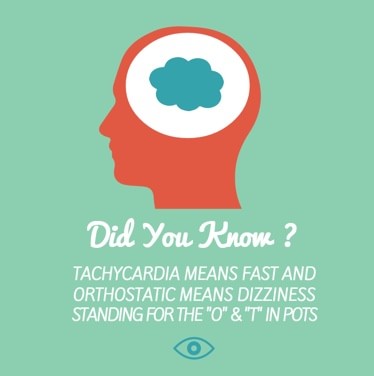
POTS Syndrome: Ultimate Patient Guide by Cardiologist • MyHeart

Postural Orthostatic Tachycardia Syndrome (POTS), the Vagus Nerve

PDF] Clinical presentation and management of patients with
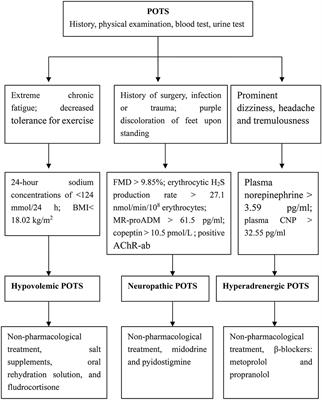
Frontiers Update of Individualized Treatment Strategies for
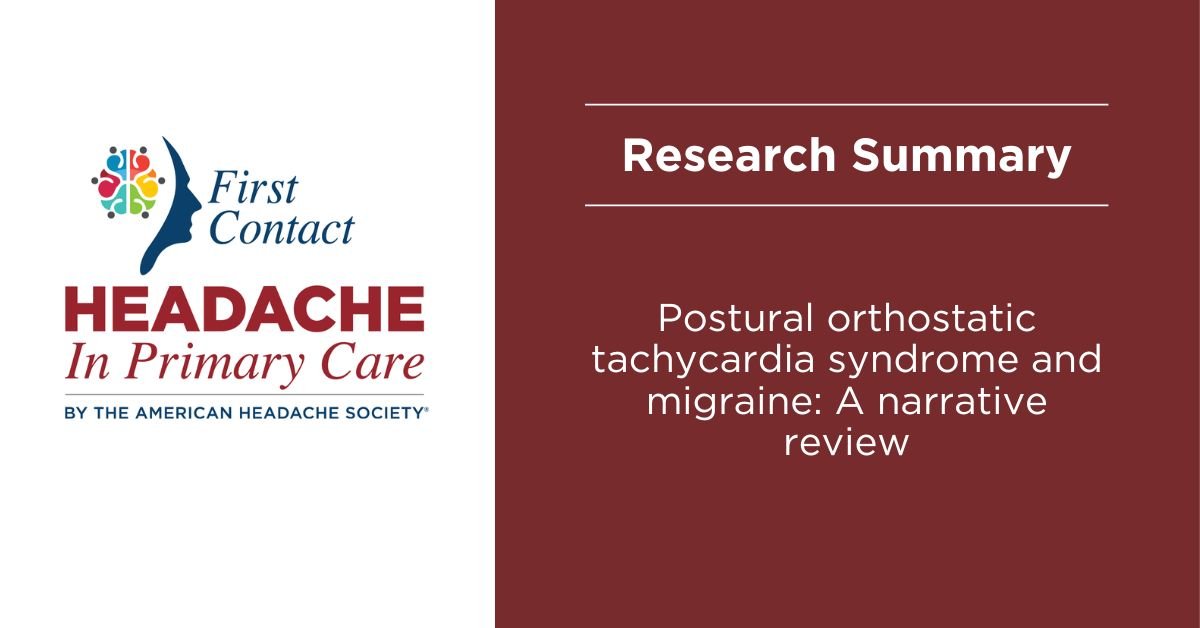
The Link Between Postural Orthostatic Tachycardia Syndrome and
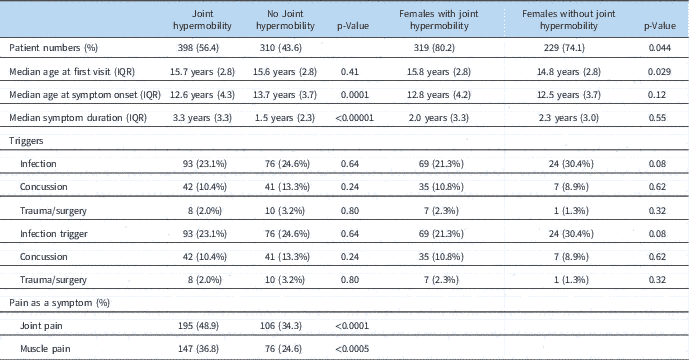
Demographics of a large paediatric Postural Orthostatic
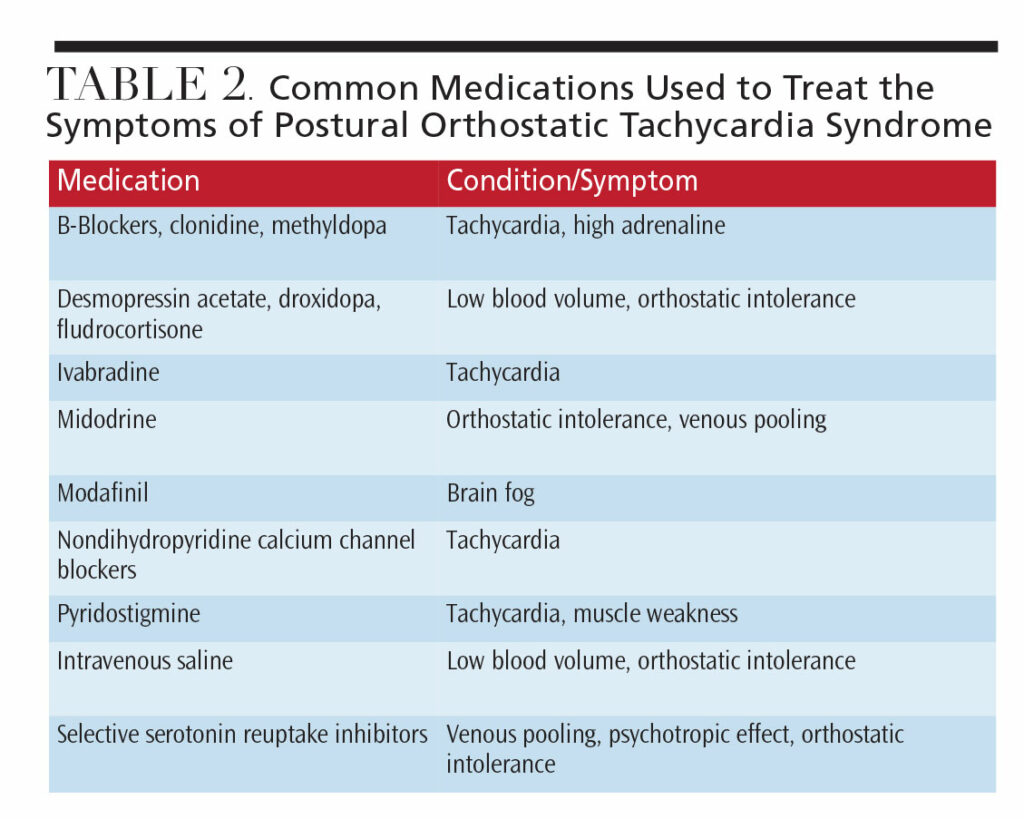
Treatment Strategies for Patients With Postural Orthostatic
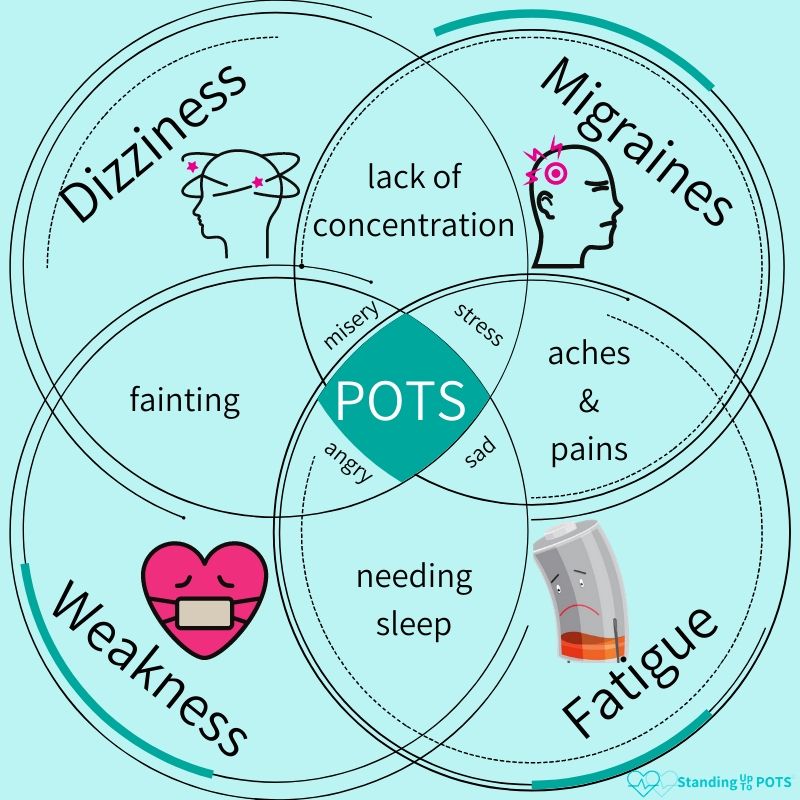
Resource Library Standing Up To POTS
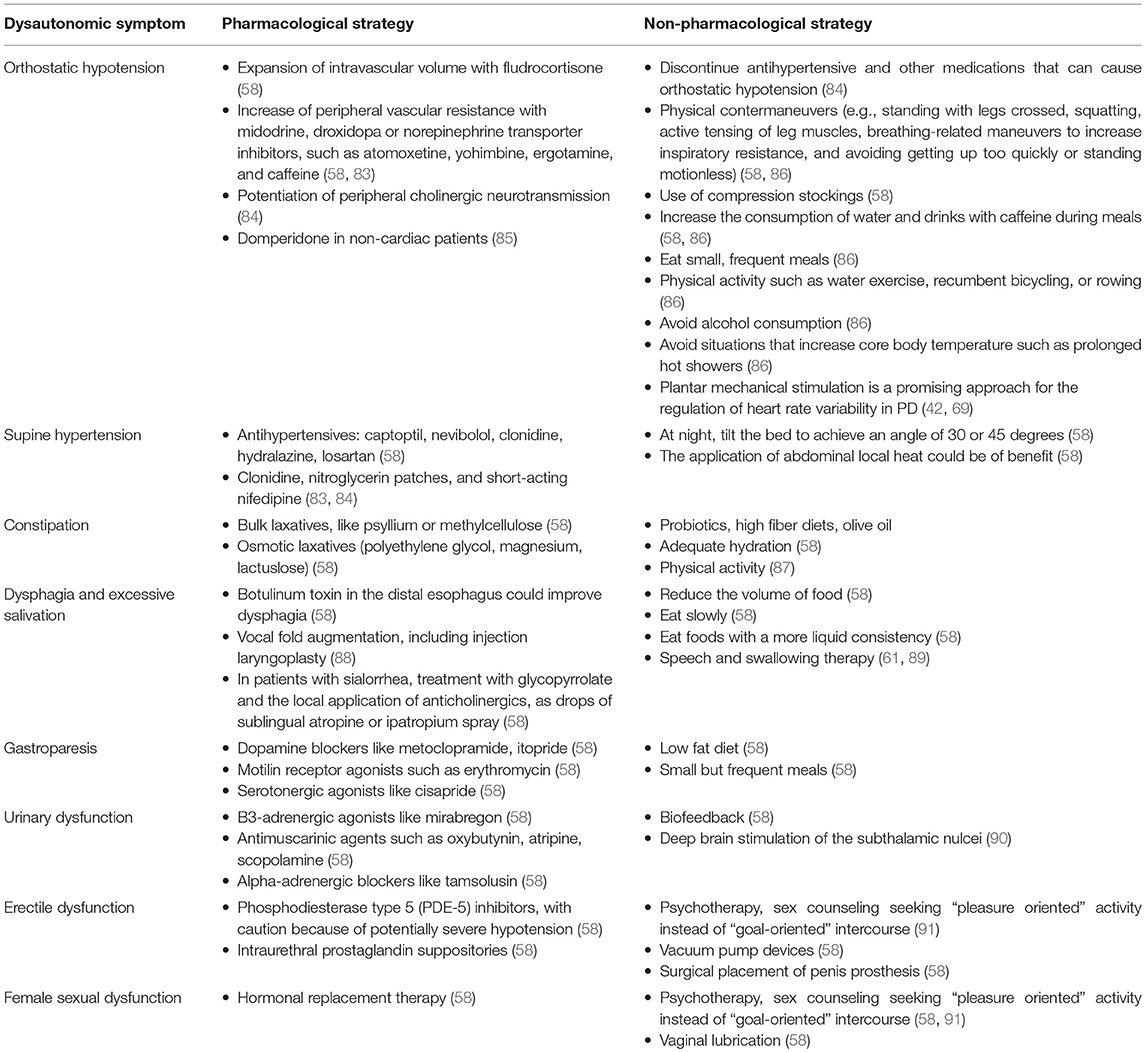
Frontiers Autonomic Dysfunction in α-Synucleinopathies
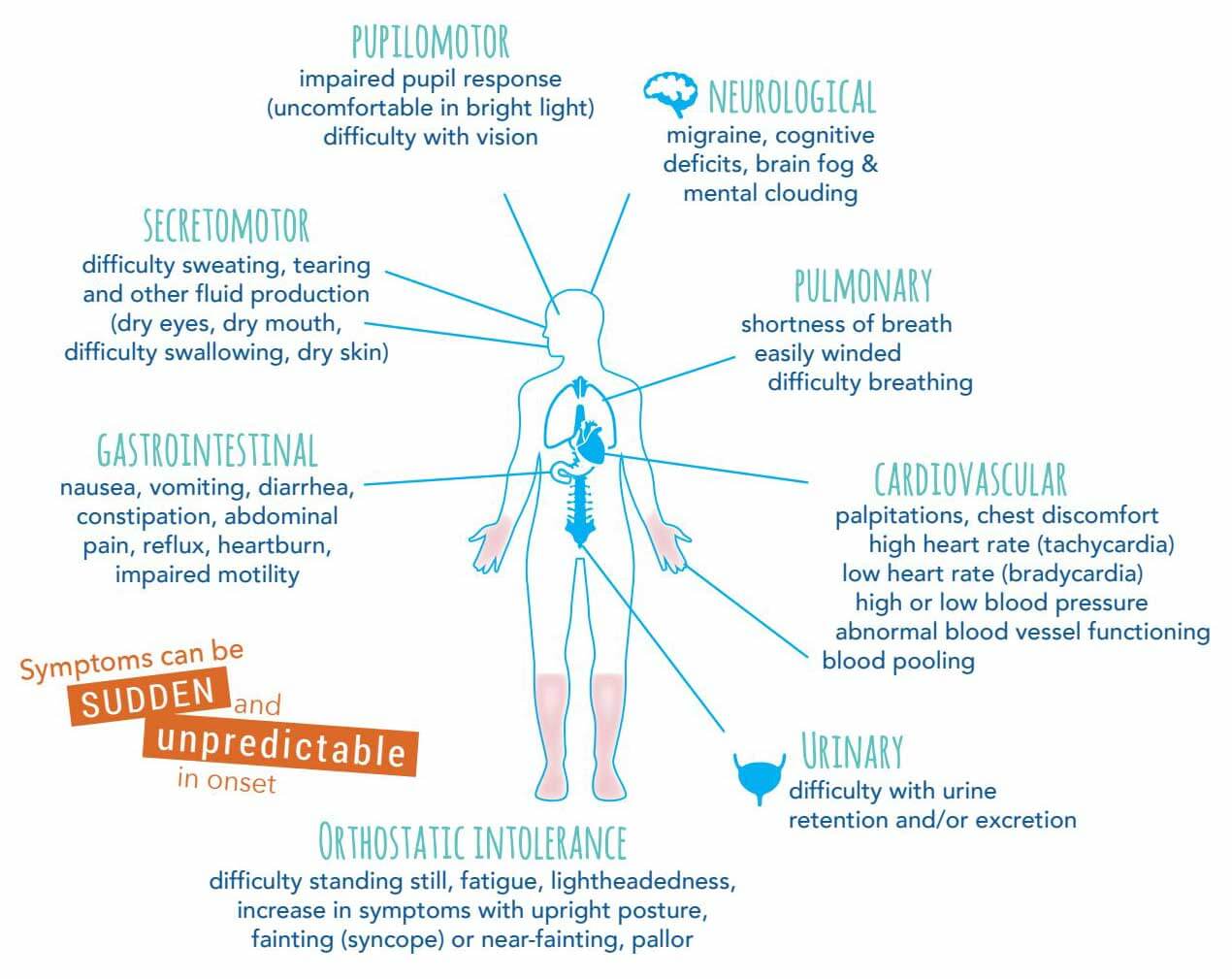
Dysautonomia: Causes, Symptoms and Treatments - The Dysautonomia
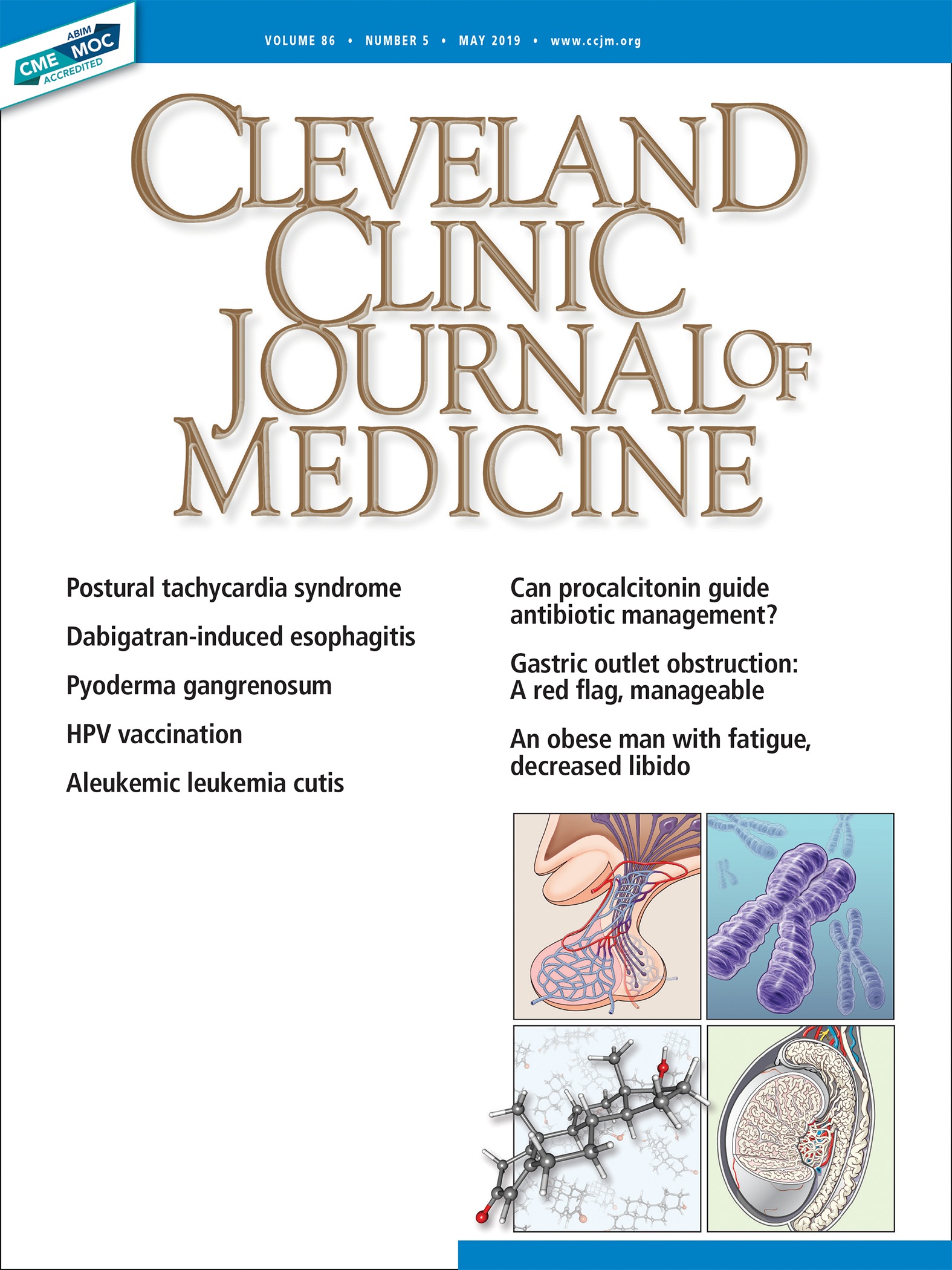
Evaluating and managing postural tachycardia syndrome

소아청소년의 기립체위빈맥증후군